Creating a piano room that harmoniously blends musical functionality with aesthetic appeal requires careful consideration of design elements, spatial flow, and style preferences. Whether you own a grand piano, baby grand, or upright model, the right design approach can transform your space into a sophisticated sanctuary that celebrates both music and style. Piano rooms serve as stunning showcases that create a special look of luxury and an air of culture, while accommodating various interior design aesthetics from modern minimalism to traditional elegance. Current design trends for 2025 emphasize maximalism, organic shapes, and bold statements, offering exciting possibilities for piano room design that reflects contemporary preferences while maintaining timeless sophistication.
1. Modern Minimalist Piano Room
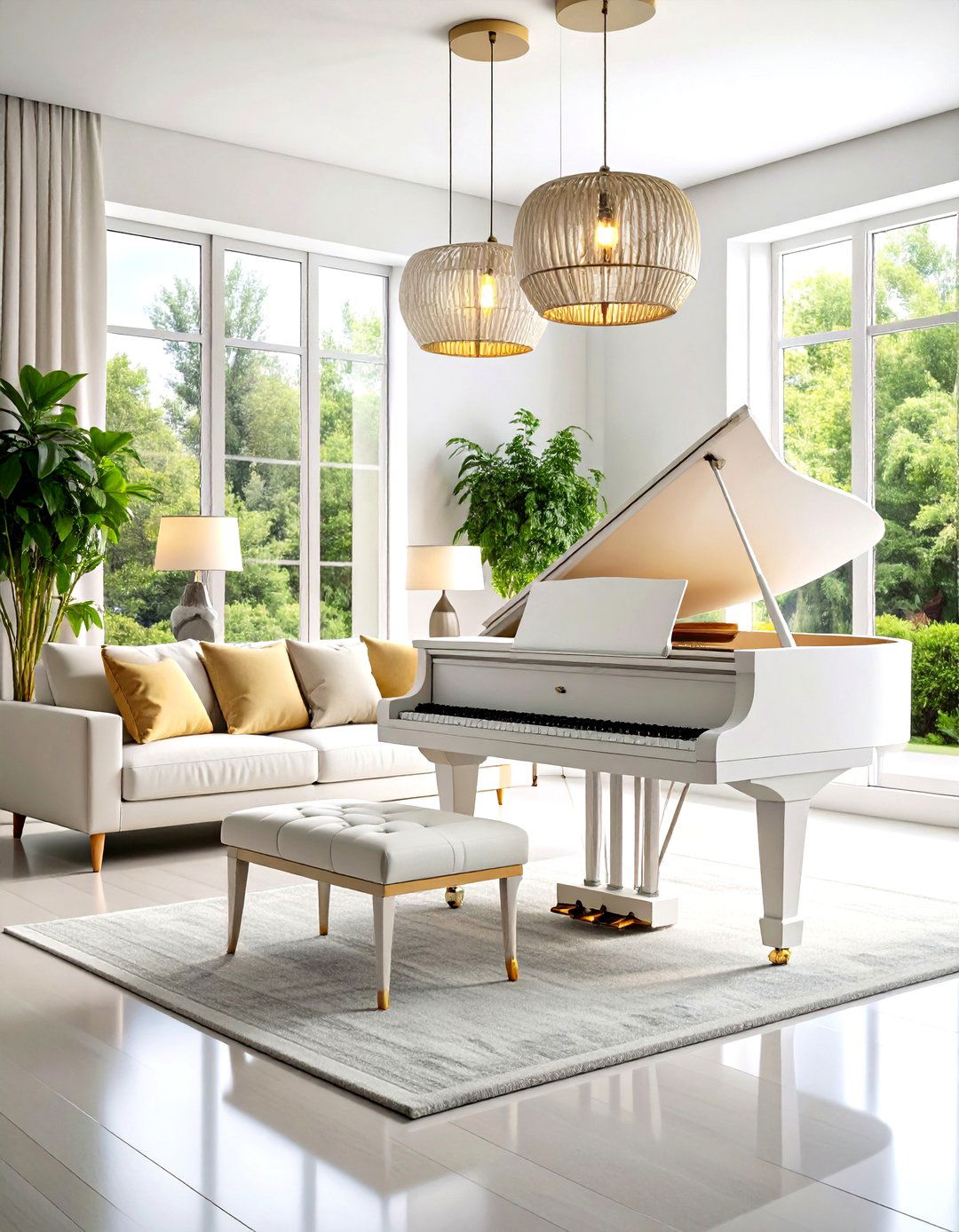
Clean lines and uncluttered spaces define this contemporary approach to piano room design. A white upright piano blends quietly into an all-white interior design without any fanfare, creating a serene environment where the instrument becomes both functional and sculptural. Neutral color palettes featuring whites, grays, and natural wood tones provide a calming backdrop that allows the piano's form to shine. Large windows maximize natural light, while simple geometric furniture pieces maintain visual balance. Strategic lighting through modern fixtures illuminates the keys without overwhelming the space. Wall-mounted storage solutions keep sheet music organized while maintaining the clean aesthetic. This design philosophy emphasizes quality over quantity, selecting fewer but more impactful pieces that complement the piano's presence without competing for attention.
2. Traditional Formal Piano Room
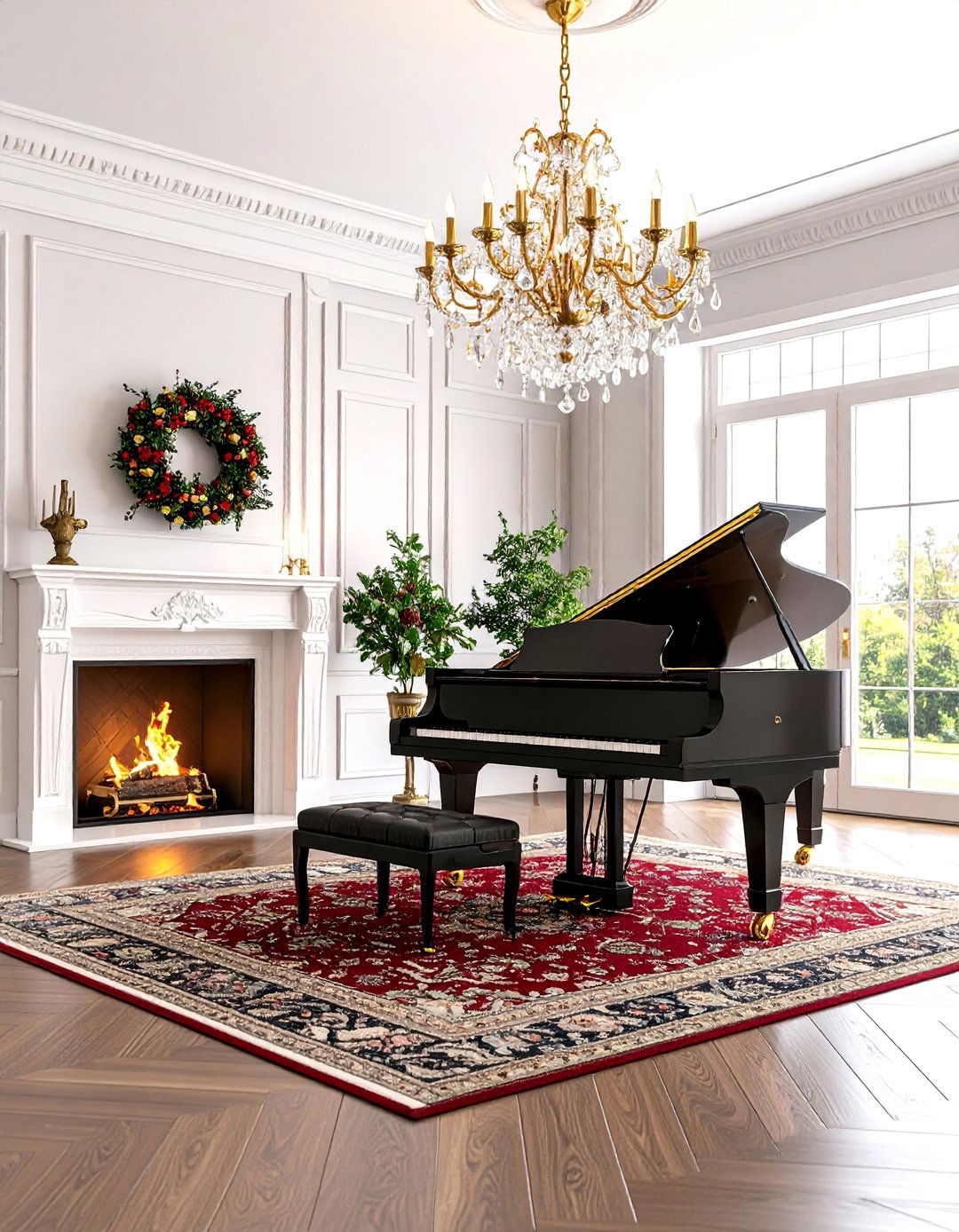
Give your overlooked, formal living room that's off your foyer a sense of purpose with a piano, creating an impressive first impression for guests. Rich wood paneling, ornate moldings, and classic furniture pieces establish an atmosphere of refined elegance. Deep jewel tones like burgundy, forest green, or navy blue create dramatic backdrops that highlight the piano's finish. Crystal chandeliers or brass sconces provide warm ambient lighting, while Persian rugs add texture and warmth underfoot. Built-in bookcases filled with leather-bound volumes and classical music collections enhance the scholarly atmosphere. Velvet upholstered seating and antique side tables complete the sophisticated look. This design approach honors piano tradition while creating a space that feels both formal and inviting, perfect for intimate recitals or quiet practice sessions.
3. Industrial Piano Room
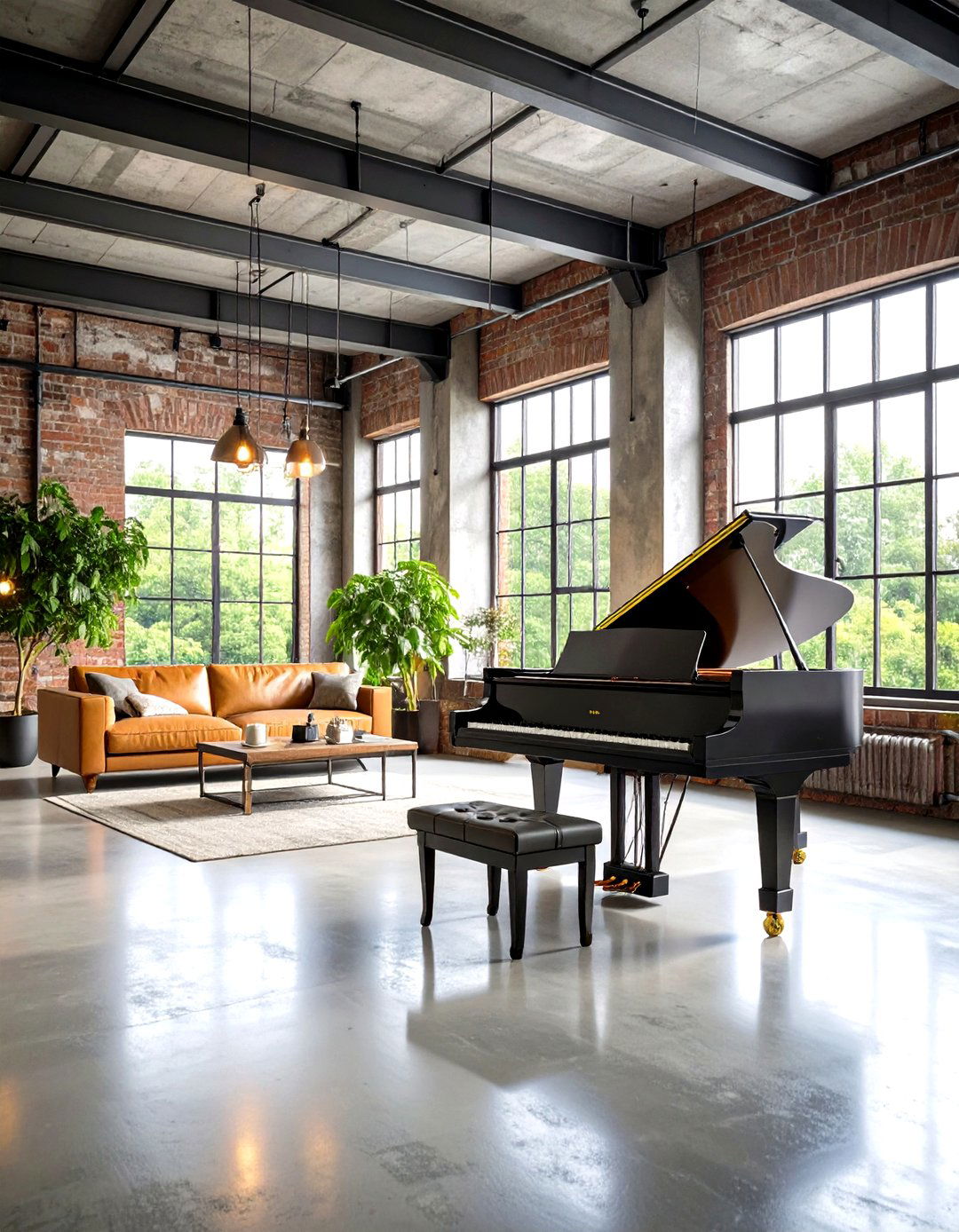
Concrete walls and cavernous spaces create quite the acoustics in this bold design approach that celebrates raw materials and urban aesthetics. Exposed brick walls, steel beams, and polished concrete floors provide textural contrast to the piano's refined form. Edison bulb fixtures and metal pendant lights create atmospheric lighting that enhances the industrial mood. Factory-style windows or garage doors can open to connect indoor and outdoor spaces. Vintage leather furniture and steel-framed seating maintain the industrial theme while providing comfort. Metal shelving units display music collections and memorabilia, while industrial-style bar carts serve as conversation centers. The juxtaposition of the elegant piano against raw industrial elements creates a striking contemporary statement that appeals to modern sensibilities while maintaining functionality.
4. Bohemian Piano Room
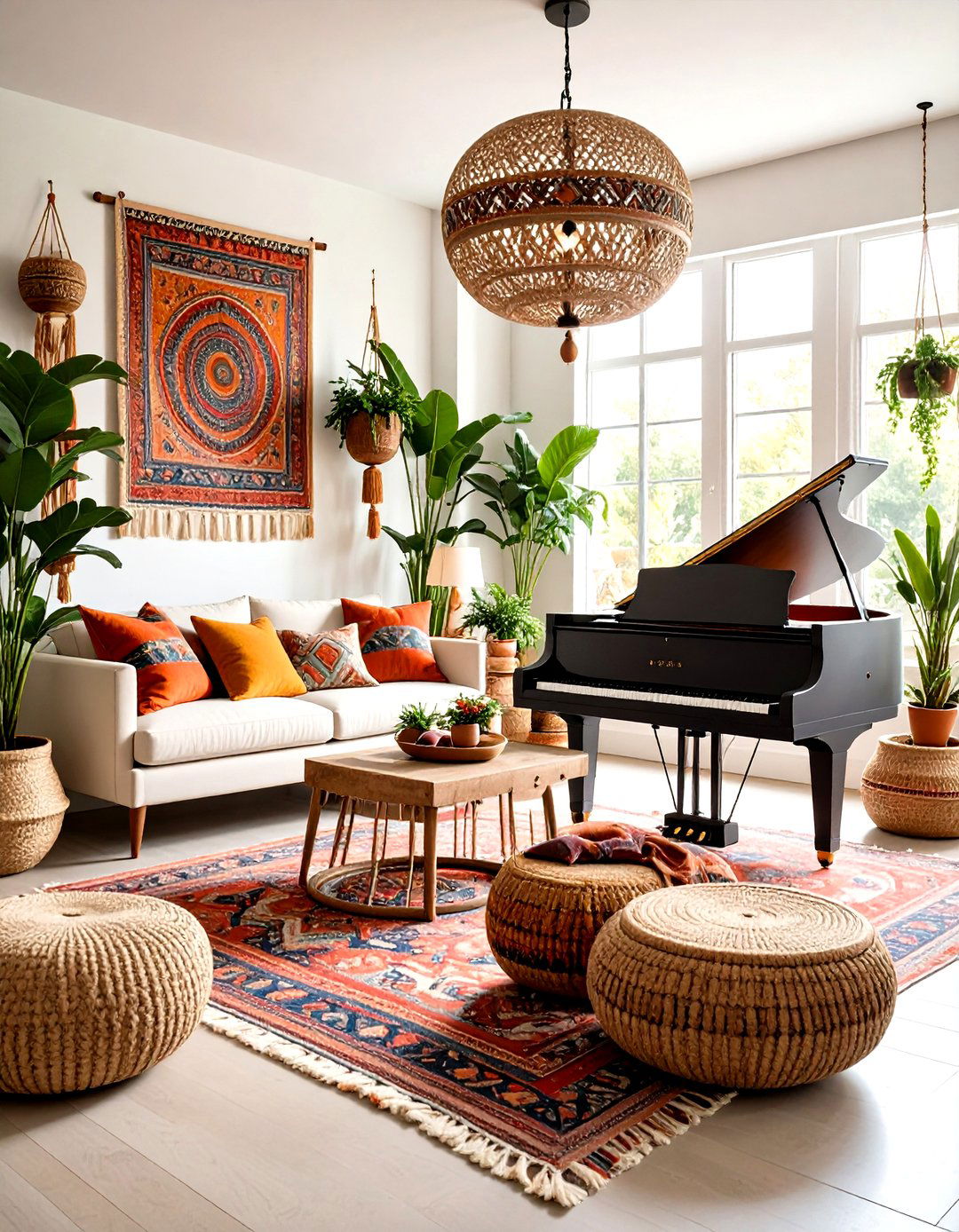
Indoor plants, jute rugs and rattan baskets conjure a relaxed boho vibe in this eclectic design that celebrates creativity and artistic expression. Layered textiles in rich colors and patterns create visual interest while maintaining warmth and comfort. Macramé wall hangings, tapestries, and ethnic artwork add cultural depth to the space. Floor cushions and poufs provide flexible seating options that encourage casual gatherings. Natural materials like bamboo, rattan, and reclaimed wood complement the piano while adding organic texture. Hanging plants and cascading greenery bring life to the space, creating a garden-like atmosphere. Vintage Persian rugs layered over natural fiber carpets define the seating area while providing acoustic benefits. This design approach embraces imperfection and personality, creating a space that feels lived-in and inspiring.
5. Art Deco Piano Room

Art Deco is making a huge comeback, with warm, rich tones complemented by geometric patterns and opulent metal accessories, making it perfect for dramatic piano room design. Bold geometric patterns in wallpaper, rugs, and upholstery create visual drama while maintaining sophistication. Metallic accents in gold, brass, and chrome add glamour through light fixtures, furniture details, and decorative objects. Rich color palettes featuring deep emerald, sapphire, and burgundy create luxurious backdrops. Mirrored surfaces and lacquered finishes reflect light and create depth in the space. Curved furniture pieces and sculptural elements echo the piano's elegant lines. Statement lighting through starburst chandeliers or geometric pendants becomes artwork in itself. This design celebrates the jazz age while creating a space that feels both nostalgic and contemporary, perfect for entertaining and musical expression.
6. Farmhouse Piano Room
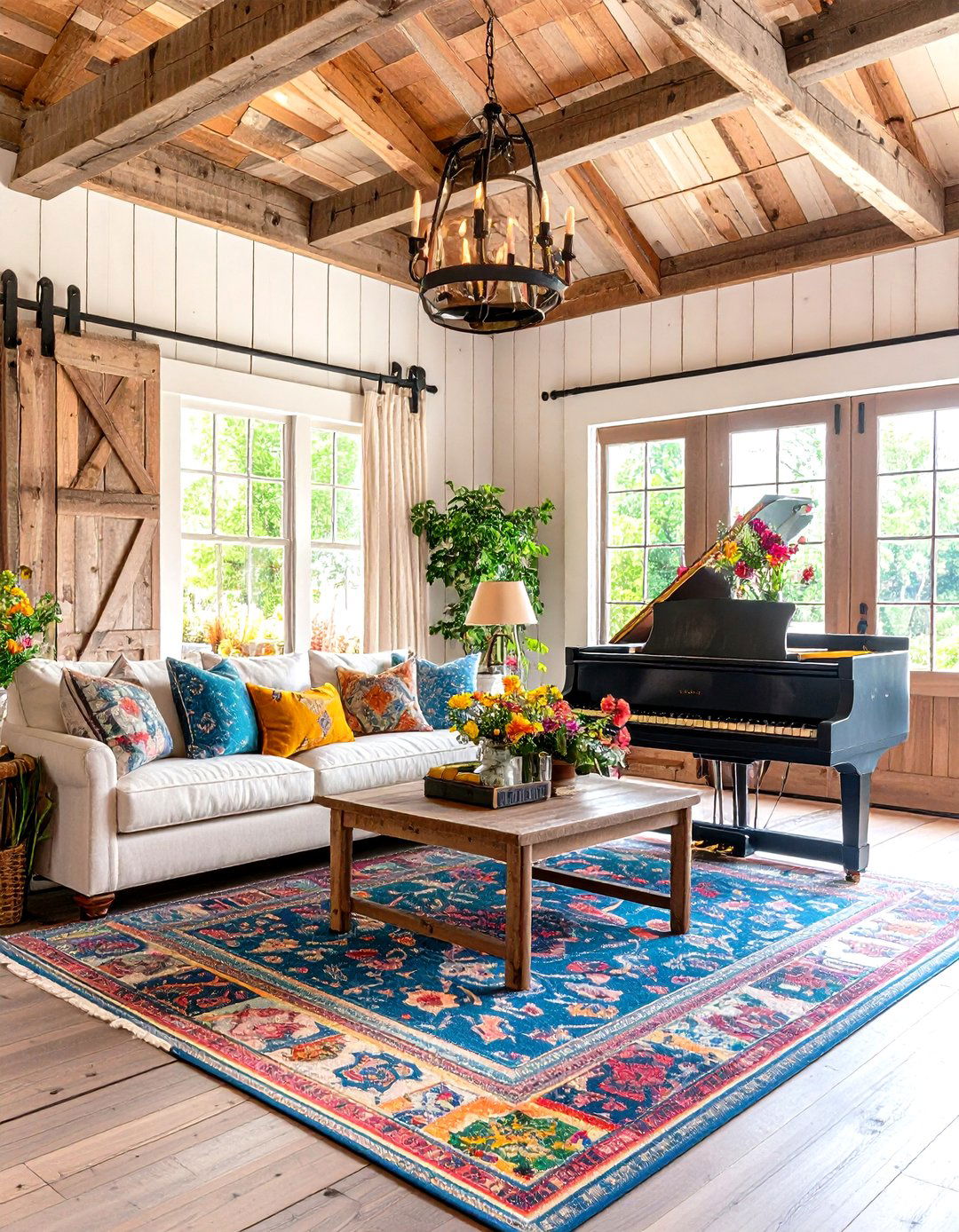
Rustic charm meets musical sophistication in this welcoming design that celebrates comfort and authenticity. Piano decor in farmhouse living rooms creates a unique blend of rural charm and refined culture. Shiplap walls painted in soft whites or sage greens provide textural interest while maintaining the farmhouse aesthetic. Reclaimed wood beams, vintage barn doors, and distressed furniture pieces add character and history. Natural fiber rugs, linen upholstery, and cotton throws create cozy comfort. Mason jar light fixtures or wrought iron chandeliers provide ambient lighting that enhances the rural atmosphere. Antique quilts displayed on walls or furniture add color and pattern while telling stories of craftsmanship. Fresh or dried flowers in galvanized containers bring natural beauty to the space. This design approach creates a space that feels both humble and elegant, perfect for family gatherings and intimate musical moments.
7. Mid-Century Modern Piano Room
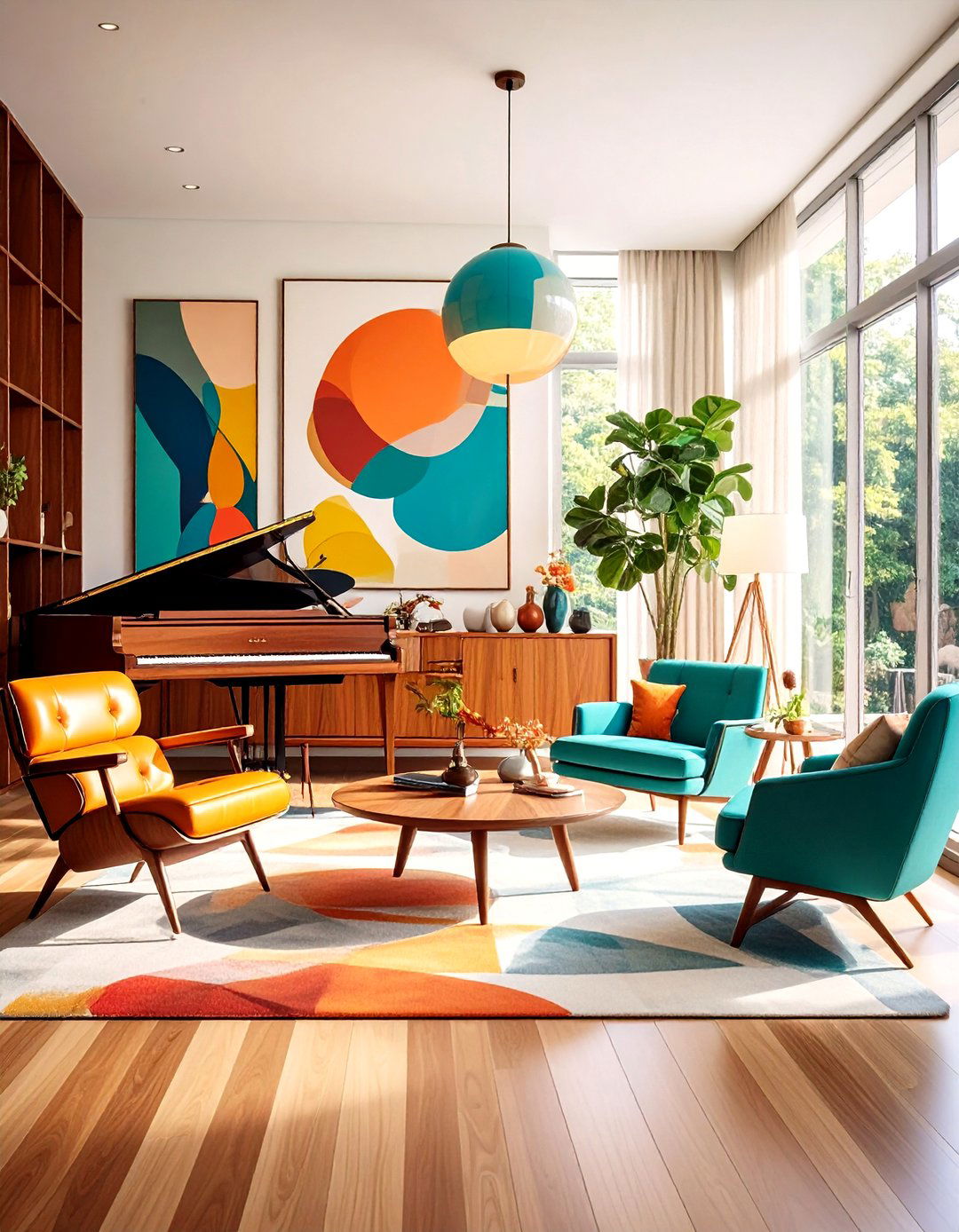
Muted colours and mid-century modern style mould a melodious surround in this timeless design that celebrates the golden age of American design. Clean lines, tapered legs, and geometric forms create visual harmony with the piano's elegant silhouette. Warm wood tones in walnut, teak, or rosewood provide rich contrast against neutral wall colors. Iconic furniture pieces like Eames chairs or Saarinen tables complement the piano while maintaining period authenticity. Built-in storage solutions with sliding doors keep music collections organized while maintaining clean lines. Floor-to-ceiling windows maximize natural light, while period-appropriate lighting fixtures provide task and ambient illumination. Abstract artwork and sculptural objects add visual interest without overwhelming the space. This design approach creates a space that feels both retro and contemporary, celebrating the optimism and innovation of the mid-century era.
8. Scandinavian Piano Room
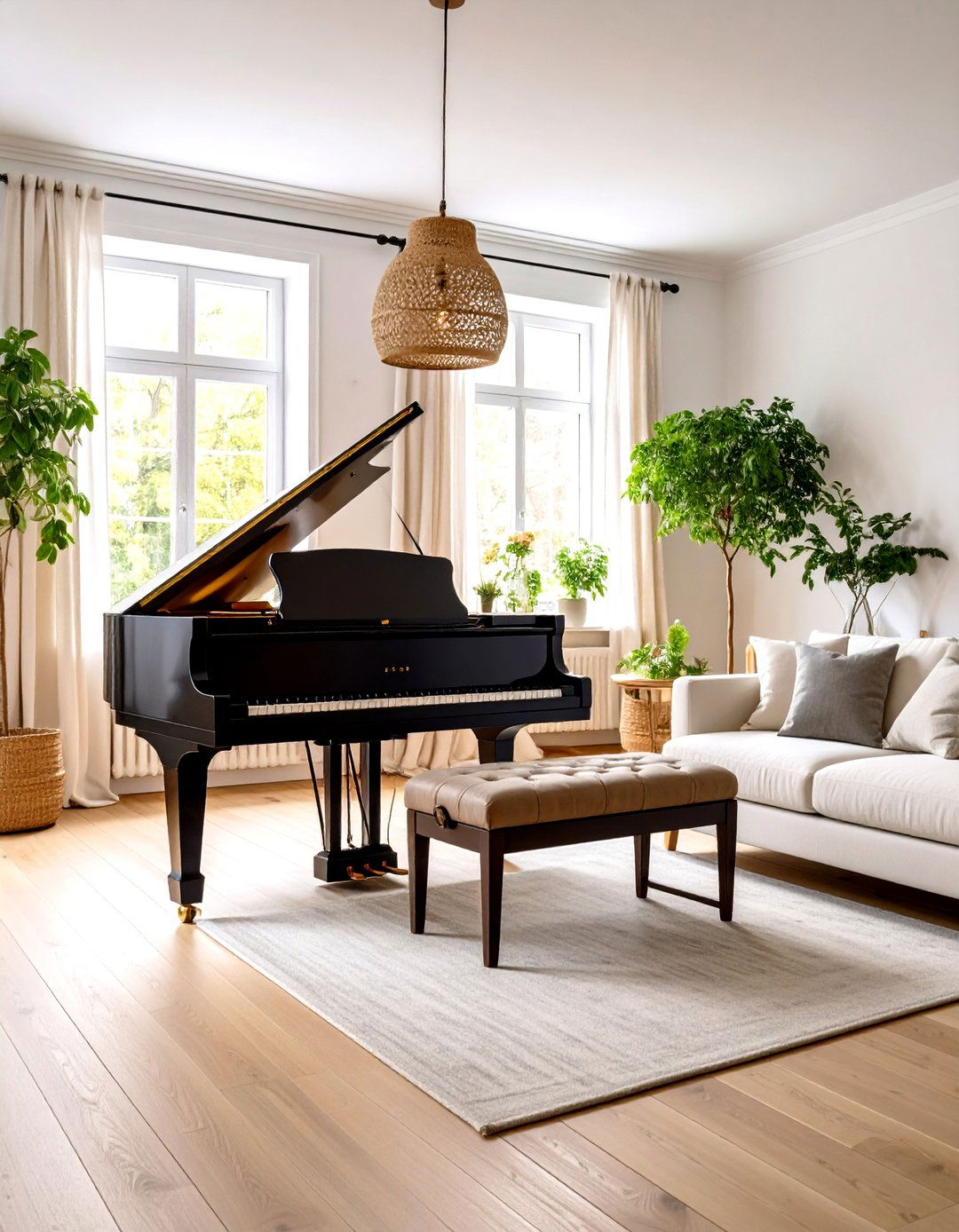
Light woods, clean lines, and functional beauty define this Nordic-inspired approach to piano room design. Scandinavian design is here to stay, focusing on minimalism, natural materials, and a neutral palette. Blonde wood floors, white walls, and natural textile accents create a bright, airy atmosphere that enhances the piano's presence. Simple, functional furniture pieces provide comfort without visual clutter. Cozy textiles like wool throws, sheepskin rugs, and linen cushions add warmth and texture. Natural light is maximized through large windows with minimal treatments. Hygge elements like candles, soft lighting, and comfortable seating create an inviting atmosphere for musical practice and relaxation. Plants and natural materials bring life to the space while maintaining the clean aesthetic. This design philosophy emphasizes comfort, functionality, and natural beauty, creating a space that feels both serene and inspiring.
9. Transitional Glam Piano Room

Luxurious and masculine pieces interwove to form a rich, interesting space where velvet and leather juxtapose in this sophisticated design that balances traditional elegance with contemporary glamour. Rich fabrics like velvet, silk, and leather create texture and luxury while maintaining comfort. Metallic accents in silver, gold, or brass add sparkle through light fixtures, furniture details, and decorative objects. Neutral color palettes with dramatic accent colors create sophisticated backdrops that highlight the piano. Statement lighting through crystal chandeliers or modern pendants becomes focal points. Mirrored surfaces and lacquered finishes reflect light and create depth. Plush seating areas encourage intimate gatherings and musical appreciation. This design approach creates a space that feels both formal and relaxed, perfect for entertaining and showcasing musical talent while maintaining everyday comfort.
10. Victorian Piano Room

Ornate details and rich materials create an atmosphere of 19th-century elegance in this historically-inspired design. Heavy draperies in brocade or velvet frame tall windows while providing acoustic benefits. Carved wood furniture, tufted upholstery, and ornate mirrors reflect the era's craftsmanship. Rich color palettes featuring burgundy, gold, and forest green create dramatic backdrops. Patterned wallpapers, Persian rugs, and fringed lampshades add texture and visual interest. Crystal chandeliers or oil-rubbed bronze fixtures provide warm atmospheric lighting. Marble-topped tables and gilt-framed artwork enhance the luxurious feel. Music stands, sheet music collections, and period instruments displayed as art celebrate musical heritage. This design approach creates a space that feels both historic and romantic, perfect for classical music appreciation and formal entertaining while honoring the piano's traditional roots.
11. Contemporary Open-Concept Piano Room
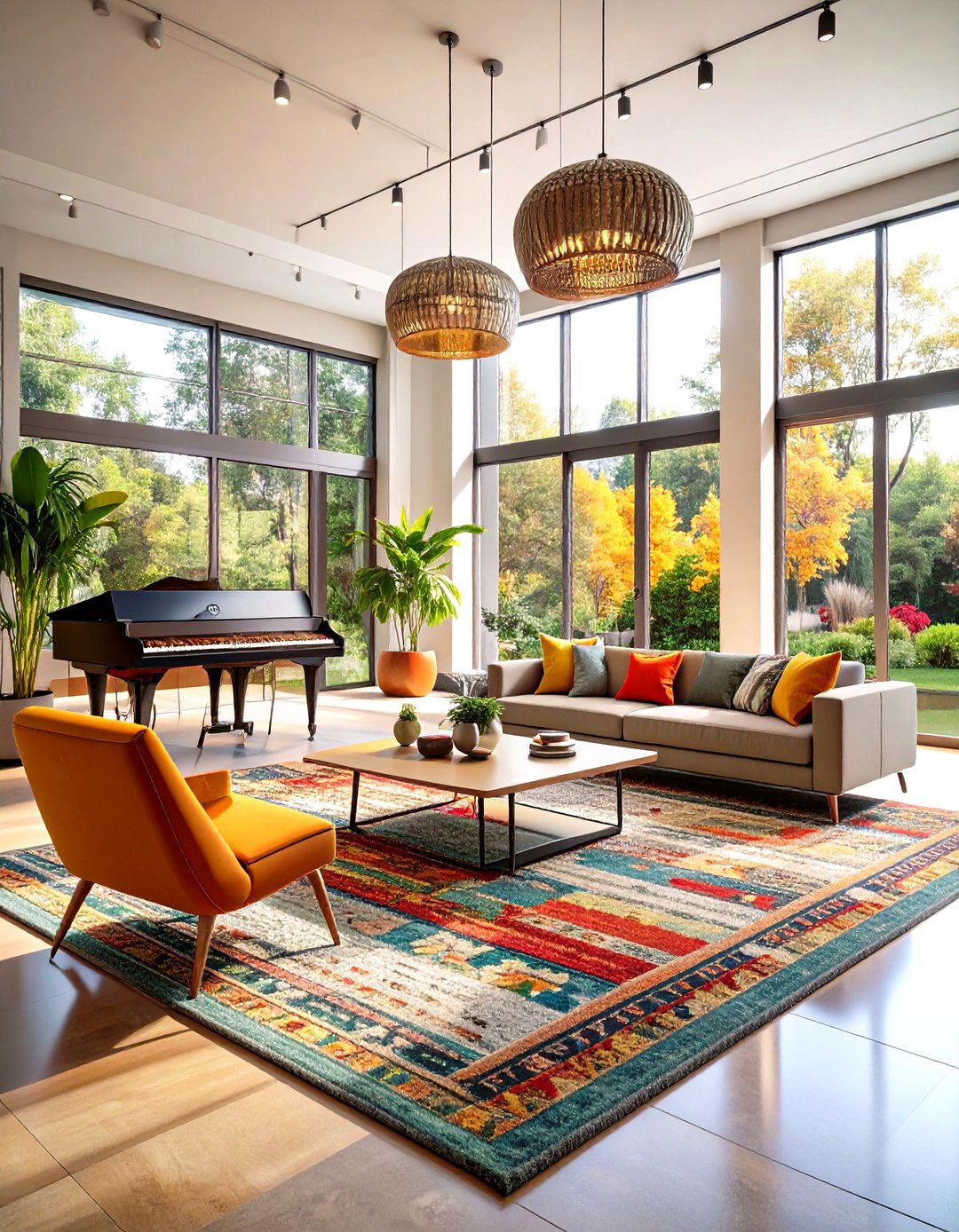
If you'd prefer to keep the piano separate from the living room hang-out area in a large, open floor plan space, separate the room into zones through strategic furniture placement and design elements. Floating furniture pieces and area rugs define distinct zones while maintaining visual flow. Consistent color palettes and materials create unity across the open space. Modern lighting solutions like track lighting or recessed fixtures provide flexibility for different activities. Glass partitions or open shelving units create subtle separation without blocking sightlines. Acoustic treatments through textiles and strategic placement minimize sound interference. Flexible seating options allow for various gathering sizes and activities. This design approach creates a space that feels both connected and distinct, perfect for modern living while celebrating the piano as a central feature.
12. Rustic Piano Room

Natural materials and weathered finishes create a warm, welcoming atmosphere in this country-inspired design. Give an old instrument a new lease of life in a modern rustic setting, blending vintage charm with contemporary comfort. Reclaimed wood walls, stone fireplaces, and exposed beams provide textural richness. Leather furniture, wool rugs, and metal accents add warmth and character. Natural color palettes featuring earth tones create cozy backdrops. Antique accessories, vintage music sheets, and folk art celebrate musical heritage. Lantern-style lighting or wrought iron fixtures provide ambient illumination. Comfortable seating areas encourage family gatherings and musical sharing. This design approach creates a space that feels both humble and sophisticated, perfect for folk music traditions and intimate performances while maintaining rustic charm.
13. Eclectic Piano Room
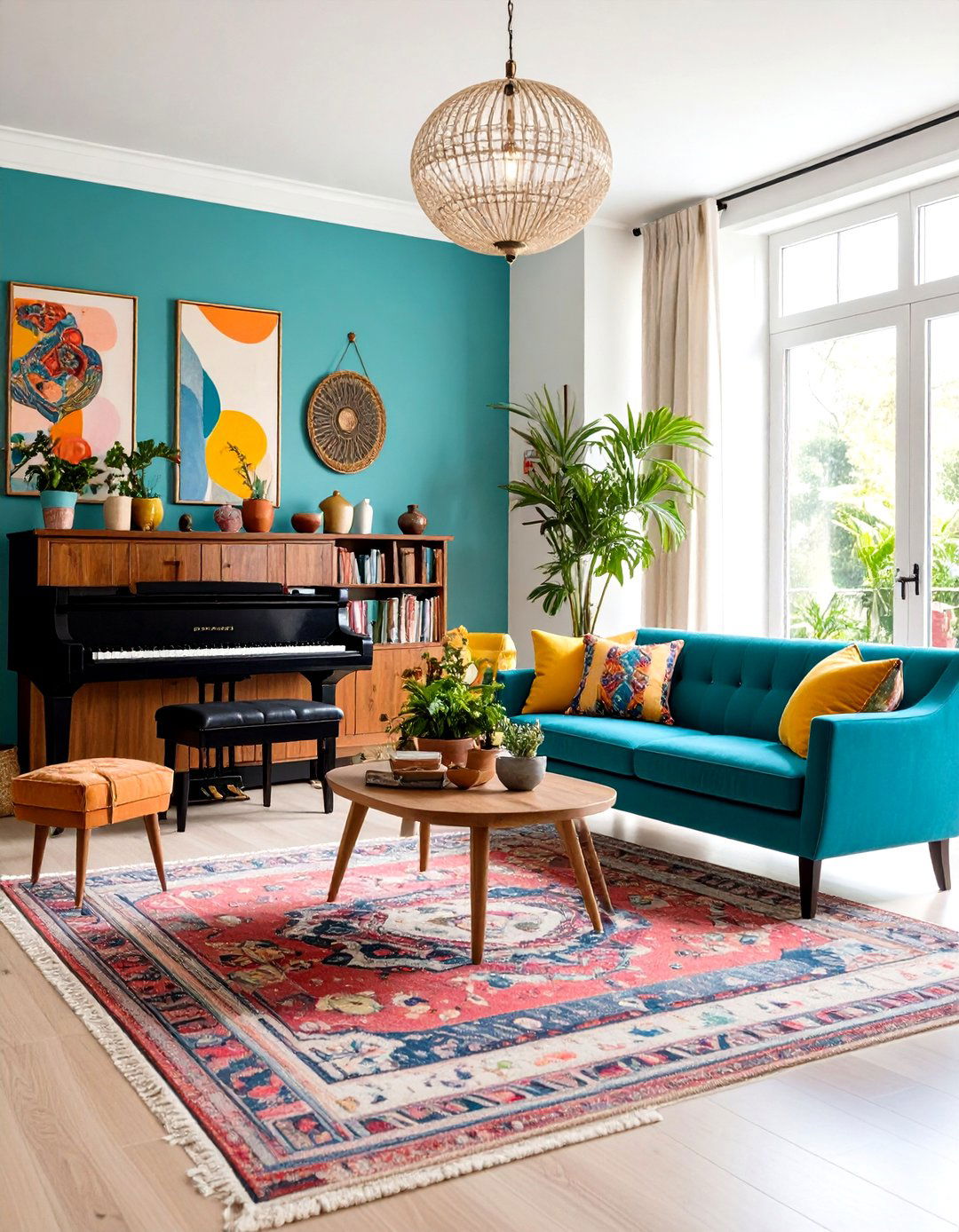
Spirited and spunky, let this space inspire you to think of a piano as an extension of your eclectic art collection in this bold design that celebrates individuality and creativity. Mixed furniture styles, varied textures, and bold color combinations create visual excitement. Vintage finds, contemporary pieces, and global accents tell personal stories while maintaining cohesion. Layered rugs, mixed patterns, and diverse artwork create rich visual tapestries. Flexible lighting options accommodate different moods and activities. Unique accessories and personal collections add personality and conversation starters. Bold color choices and unexpected combinations create dynamic energy. This design approach encourages experimentation and self-expression, creating a space that feels both collected and curated, perfect for creative individuals who appreciate musical and visual artistry.
14. Mediterranean Piano Room
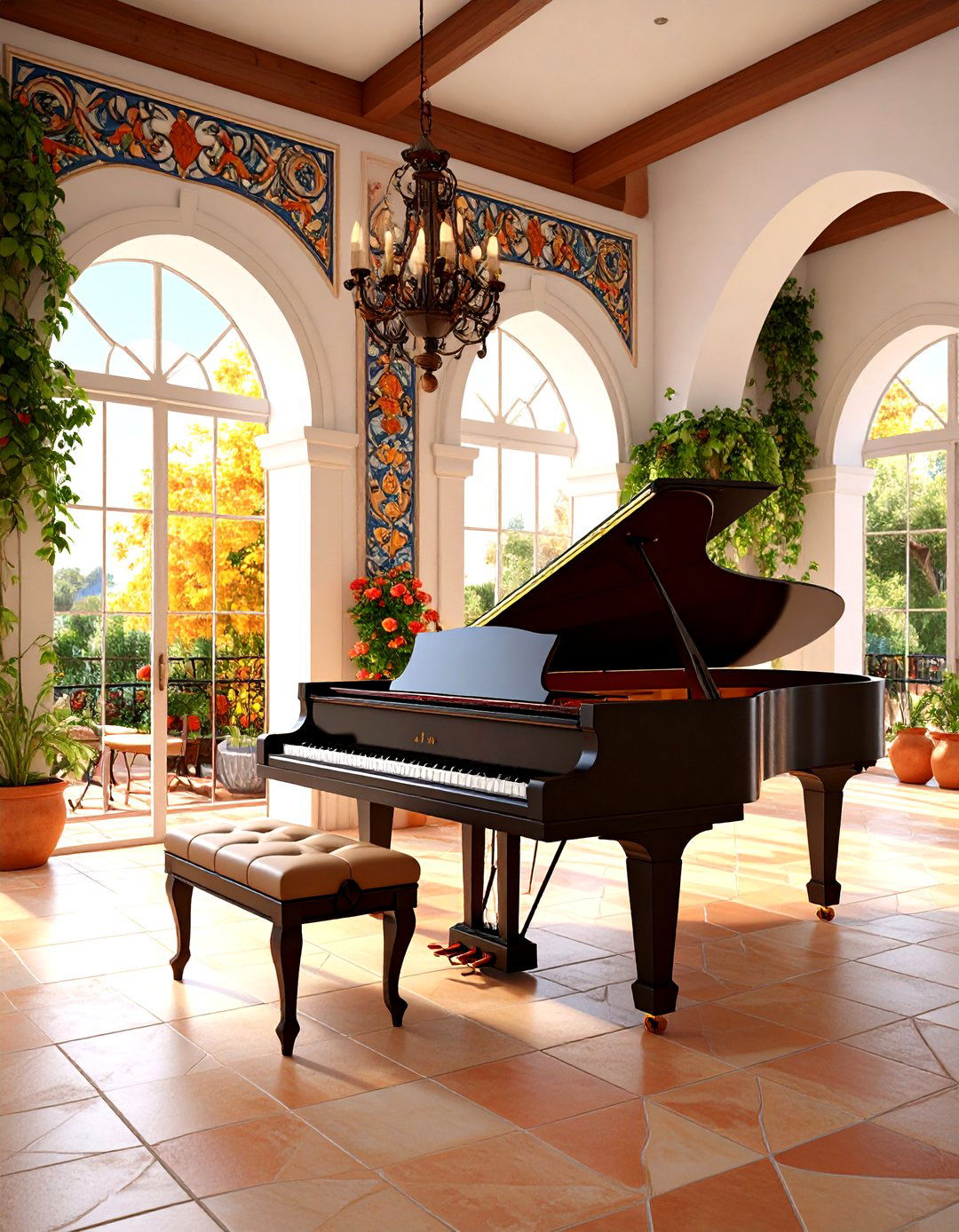
Warm colors, natural materials, and relaxed elegance define this European-inspired design that celebrates the romance of coastal living. Terracotta tiles, wrought iron details, and exposed wooden beams create architectural interest. Warm color palettes featuring ochre, terracotta, and deep blues reflect Mediterranean landscapes. Natural materials like stone, wood, and ceramic add texture and authenticity. Arched doorways, decorative tiles, and ornate metalwork enhance the regional character. Comfortable seating with rich fabrics and decorative pillows creates inviting gathering spaces. Olive trees, lavender, and other Mediterranean plants bring natural beauty indoors. Warm lighting through lanterns or pendant fixtures creates atmospheric ambiance. This design approach creates a space that feels both exotic and welcoming, perfect for passionate musical expression and intimate gatherings.
15. Coastal Piano Room
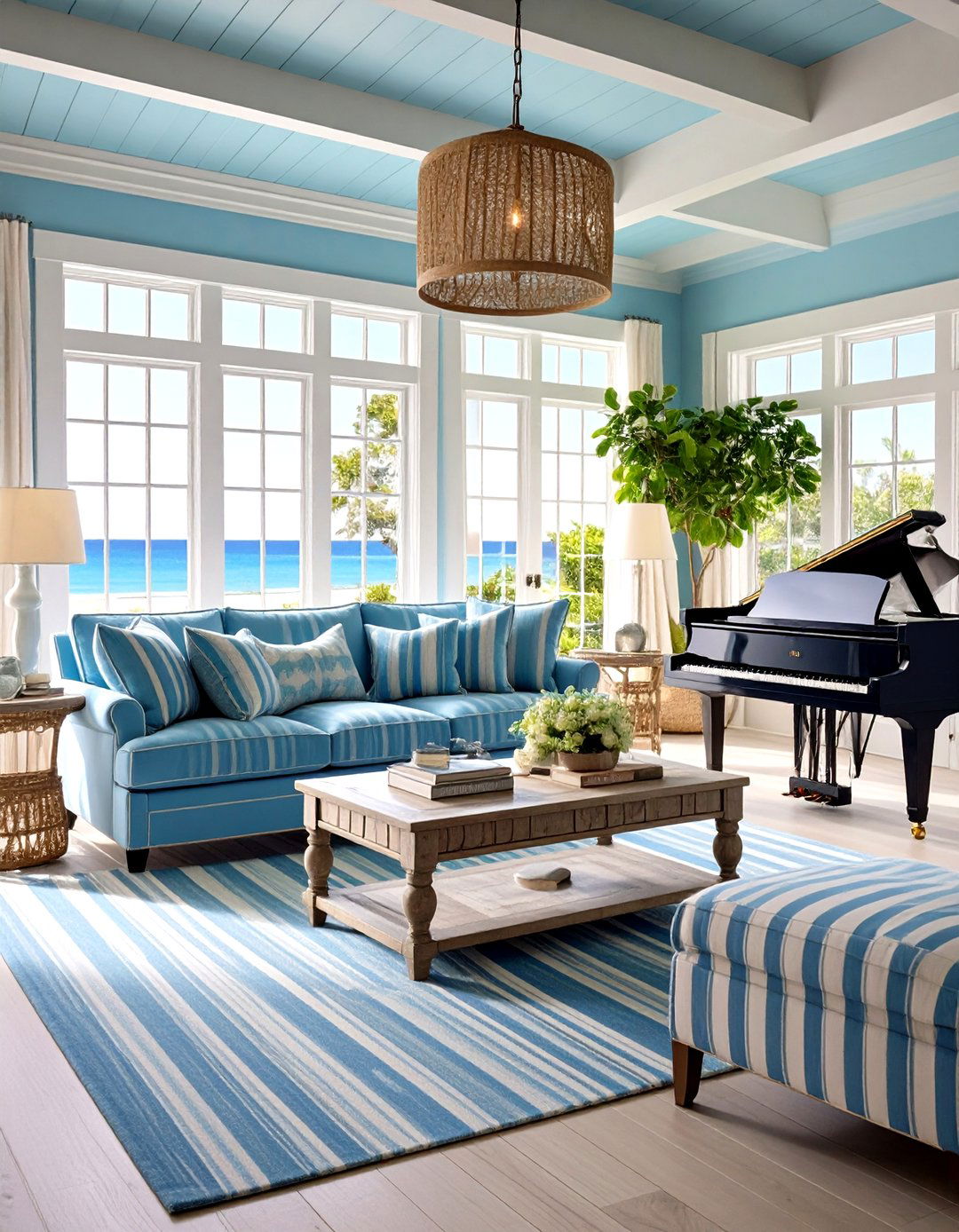
Bay windows create the perfect little piano-playing nook in this beach-inspired design that celebrates relaxed elegance and natural beauty. Light color palettes featuring whites, blues, and sandy tones create airy, refreshing atmospheres. Natural materials like weathered wood, seagrass, and linen add texture and coastal charm. Comfortable seating with striped or nautical fabrics creates relaxed gathering spaces. Large windows maximize natural light and ocean views where possible. Coral, shells, and driftwood accessories add natural beauty and coastal character. Casual lighting through pendant fixtures or table lamps creates warm ambiance. This design approach creates a space that feels both sophisticated and relaxed, perfect for leisurely musical practice and seaside entertaining while maintaining coastal charm.
16. Neoclassical Piano Room

This neoclassical design presents an exquisite backdrop for an upright piano with wide sections of boiserie panelling that elegantly frame the instrument. Architectural details like columns, cornices, and detailed moldings create formal elegance. Symmetrical furniture arrangements and balanced proportions reflect classical principles. Rich materials like marble, mahogany, and silk add luxury and sophistication. Neutral color palettes with gold accents create timeless backdrops. Classical artwork, sculptures, and period accessories enhance the scholarly atmosphere. Formal lighting through candelabras or crystal fixtures provides elegant illumination. This design approach creates a space that feels both grand and refined, perfect for classical music appreciation and formal entertaining while honoring architectural traditions.
17. Asian-Inspired Piano Room
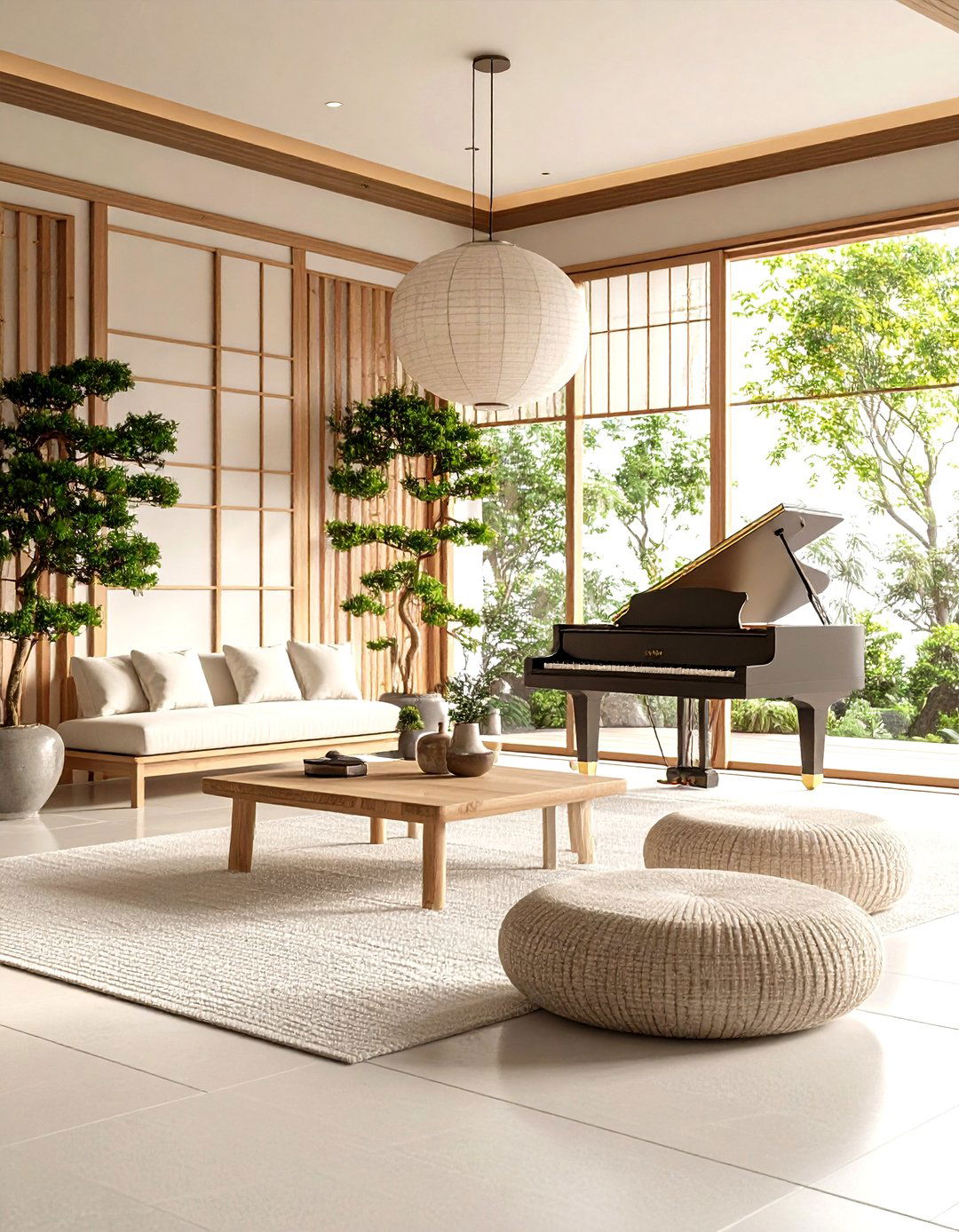
Japandi style focuses on minimalism, natural materials, and a neutral palette, creating serene environments perfect for musical contemplation. Natural materials like bamboo, stone, and wood create harmonious environments. Neutral color palettes featuring beiges, grays, and natural tones promote tranquility. Simple furniture pieces with clean lines maintain visual balance. Shoji screens, tatami mats, and low seating create authentic Asian aesthetics. Bonsai trees, orchids, and zen gardens bring natural beauty and spiritual elements. Soft lighting through paper lanterns or subtle fixtures creates peaceful ambiance. This design approach creates a space that feels both meditative and inspiring, perfect for focused practice and musical reflection while promoting inner peace and creativity.
18. French Country Piano Room
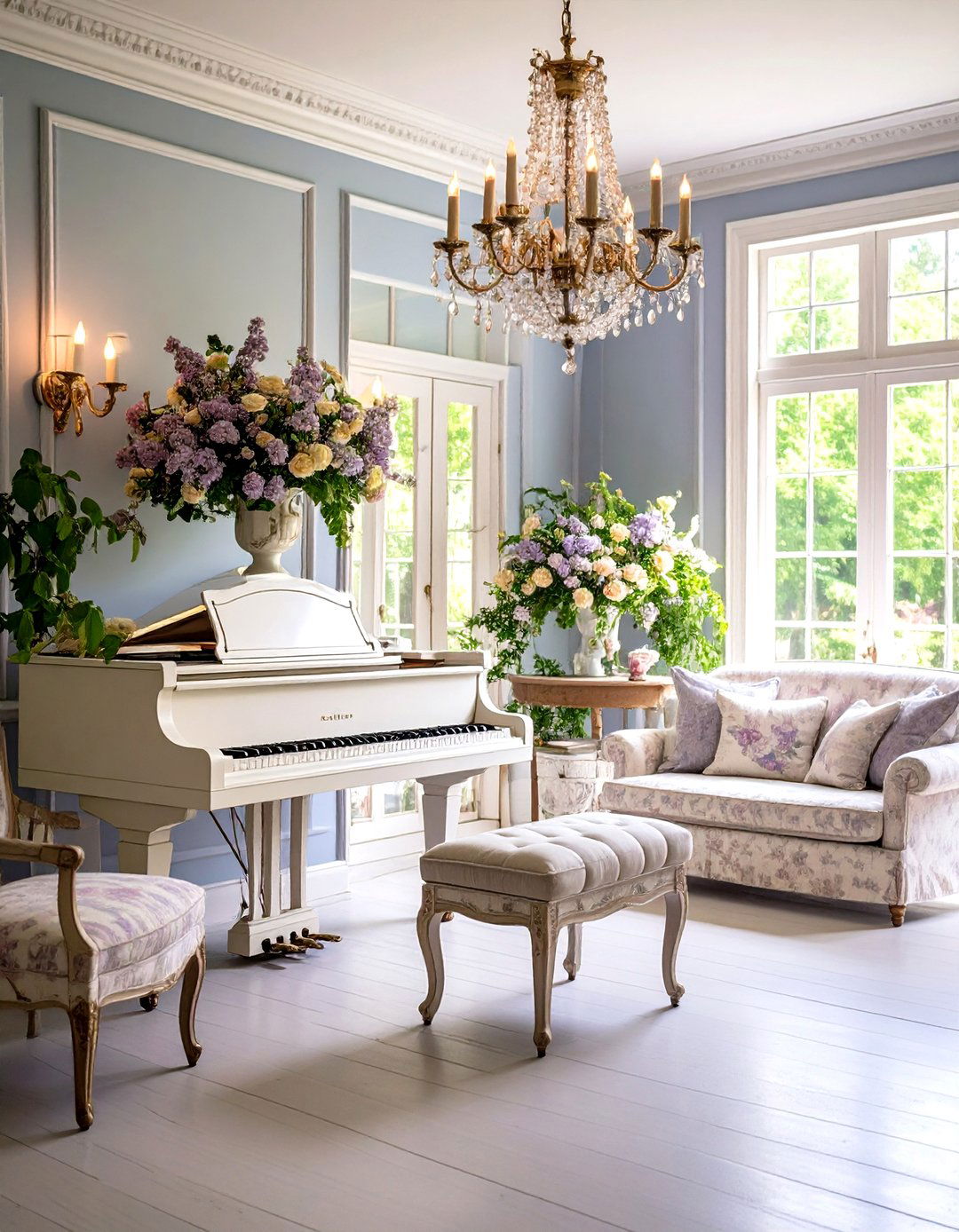
Romantic charm and rural elegance combine in this provincial-inspired design that celebrates French craftsmanship and joie de vivre. Antique French wall sconces and furnishings in a mix of textures within a neutral palette create sophisticated country elegance. Distressed furniture, toile fabrics, and vintage accessories add authentic French character. Soft color palettes featuring creams, lavenders, and sage greens create romantic backdrops. Natural materials like limestone, aged wood, and wrought iron add texture and authenticity. Fresh flowers, herbs, and garden elements bring natural beauty indoors. Chandelier lighting and candlelight create intimate, romantic atmospheres. This design approach creates a space that feels both elegant and comfortable, perfect for romantic musical moments and intimate gatherings while celebrating French artistic traditions.
19. Maximalist Piano Room
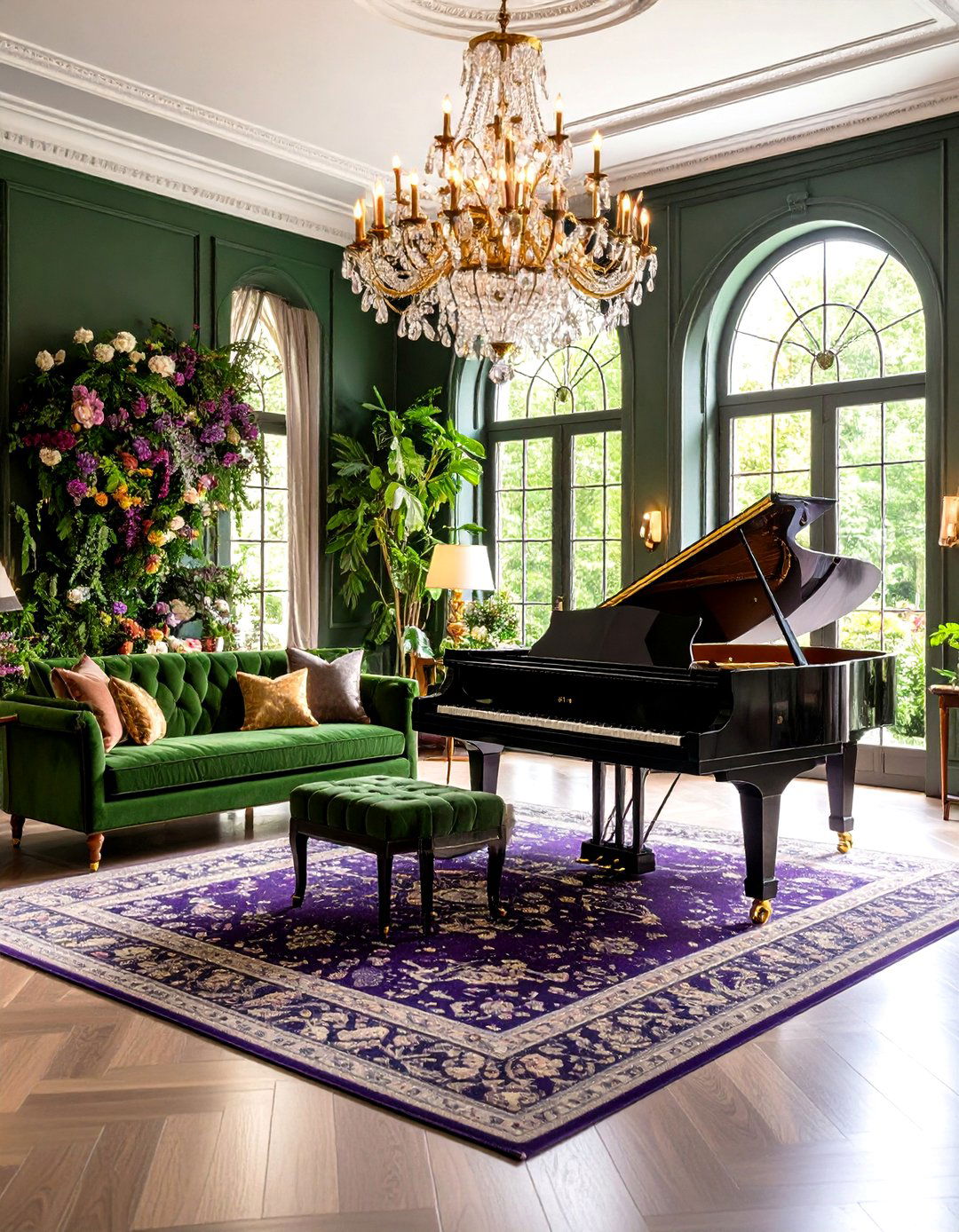
In 2025, we see a shift from minimalism to maximalism, embracing vibrant jewel tones like deep greens, purples, and golds in this bold design that celebrates abundance and personality. Rich color palettes, bold patterns, and luxurious textures create visually exciting environments. Layered rugs, mixed patterns, and abundant artwork create rich visual tapestries. Metallic accents, crystal details, and ornate fixtures add glamour and sophistication. Comfortable seating in varied styles and fabrics creates dynamic gathering spaces. Statement lighting through dramatic chandeliers or sculptural fixtures becomes artwork. This design approach encourages bold choices and self-expression, creating a space that feels both opulent and personal, perfect for dramatic musical performances and grand entertaining while celebrating individual style.
20. Monochromatic Piano Room

Black and white piano keys inspire a black and white decor scheme in this modern concept that celebrates the piano's inherent musical symbolism. Single color palettes in varying shades create sophisticated, unified environments. Textural variations through fabrics, finishes, and materials add depth and interest. Strategic lighting creates dramatic shadows and highlights that enhance the monochromatic effect. Metallic accents in silver, gold, or brass add subtle warmth and sophistication. Varied furniture shapes and sizes create visual movement within the unified color scheme. This design approach creates a space that feels both dramatic and refined, perfect for showcasing the piano as the central artistic element while maintaining sophisticated simplicity.
Conclusion:
Piano room design offers endless possibilities for creating sophisticated spaces that celebrate both musical artistry and interior design excellence. Whether you prefer the clean lines of modern minimalism, the warmth of farmhouse charm, or the drama of maximalist expression, the key lies in selecting elements that complement your piano while reflecting your personal style. Current trends emphasize comfort, functionality, and bold personal expression, making it easier than ever to create a piano room that serves as both a musical sanctuary and a stunning design statement. The most successful piano rooms balance practical needs with aesthetic desires, creating environments that inspire musical creativity while enhancing your home's overall beauty and functionality.


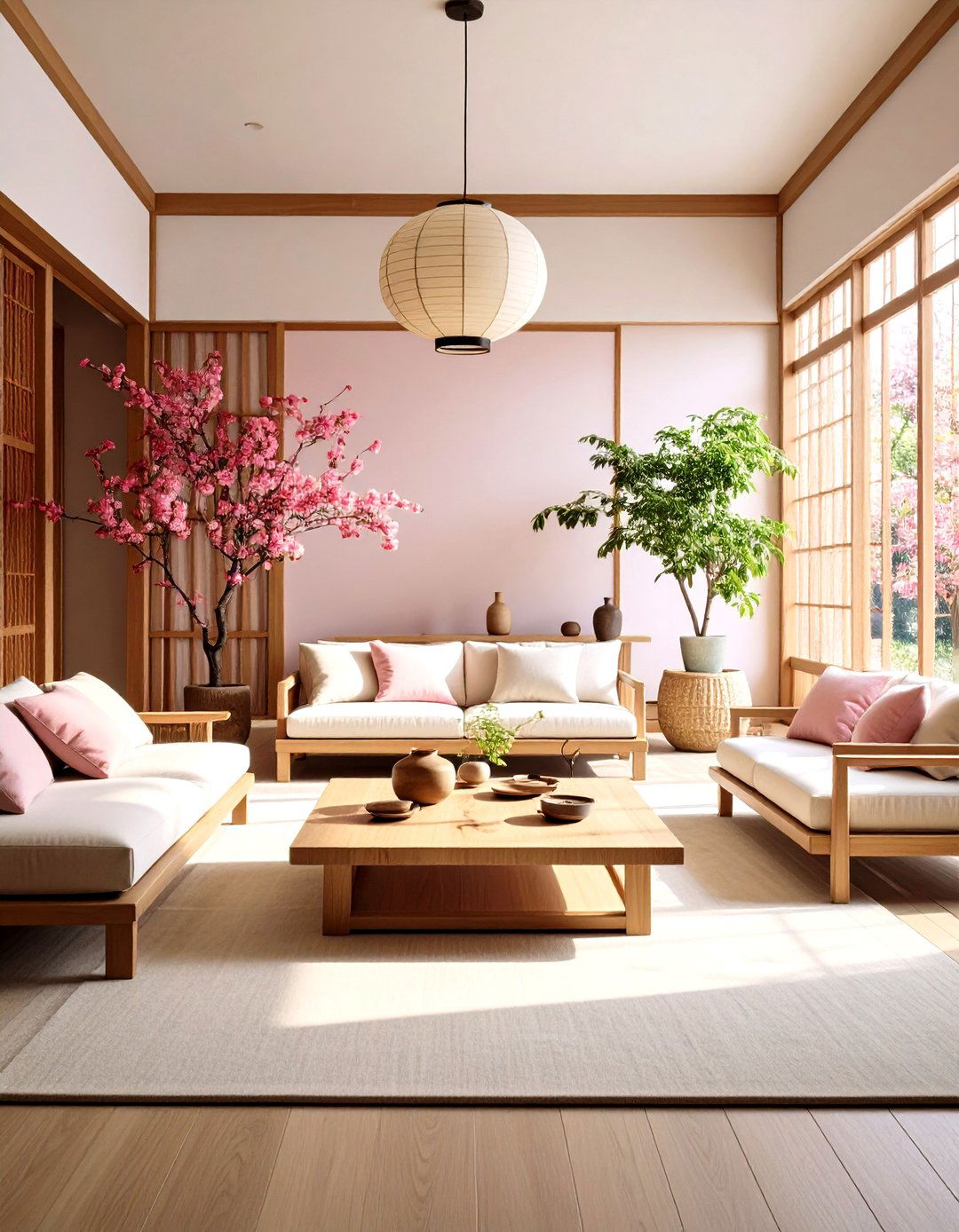
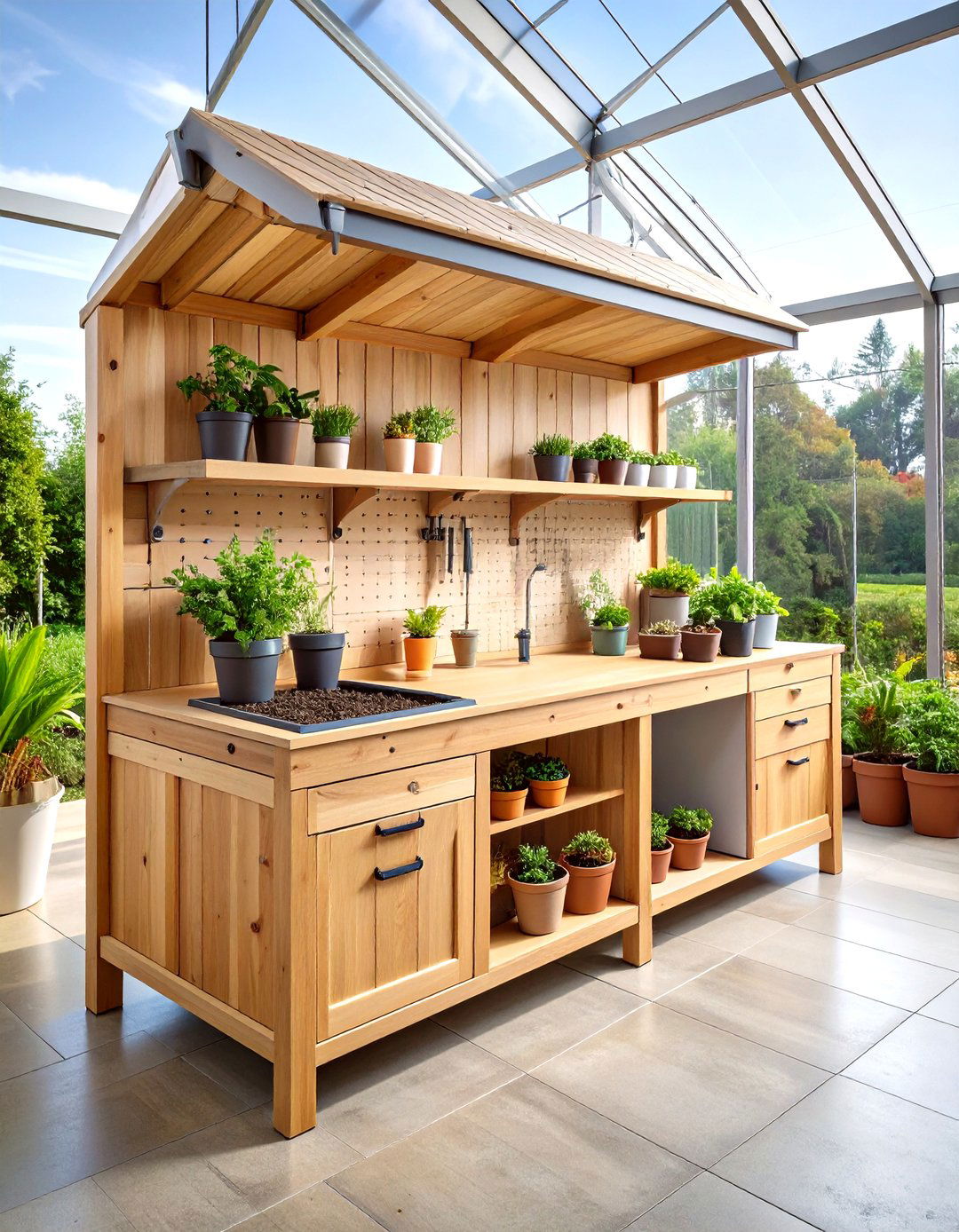
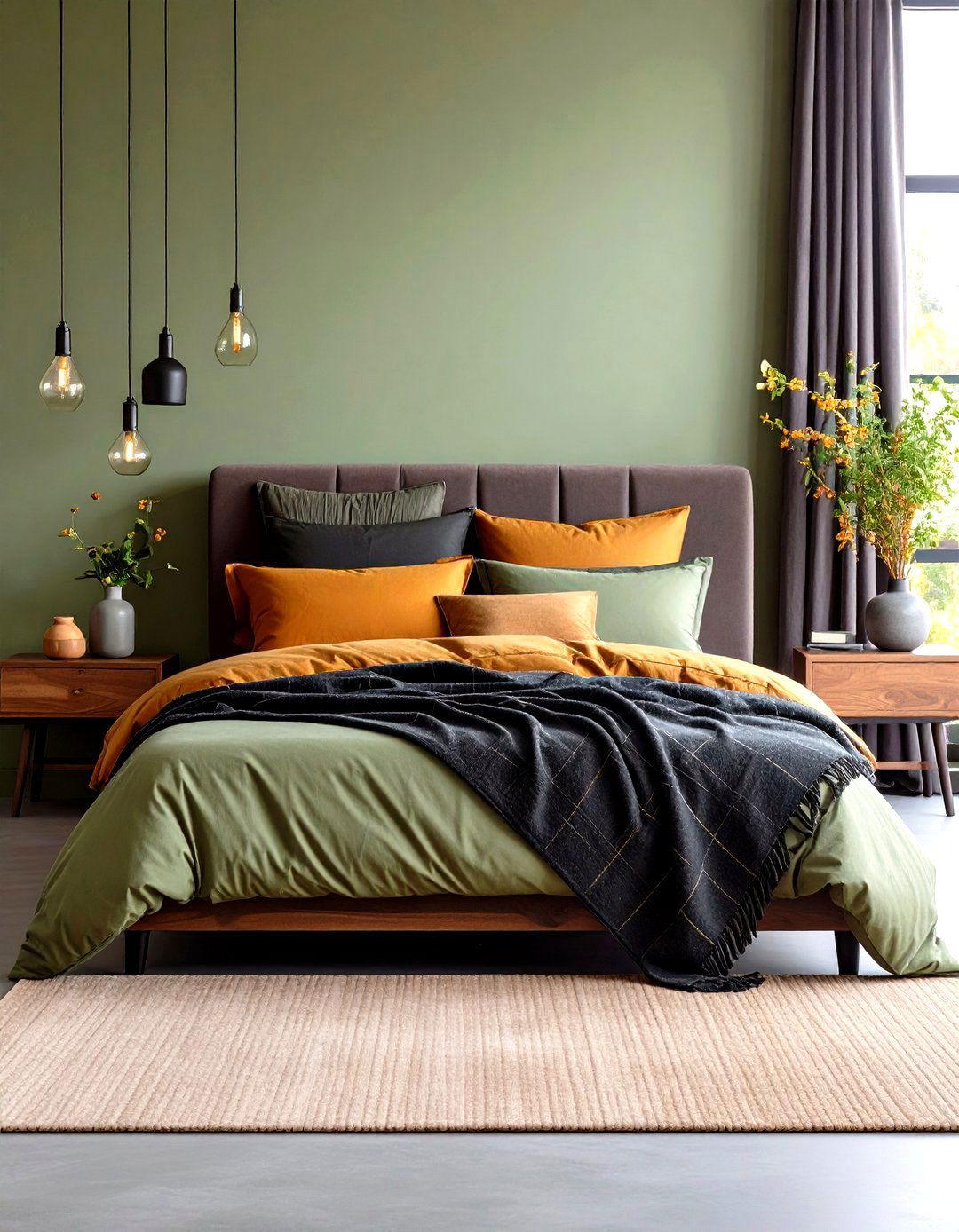


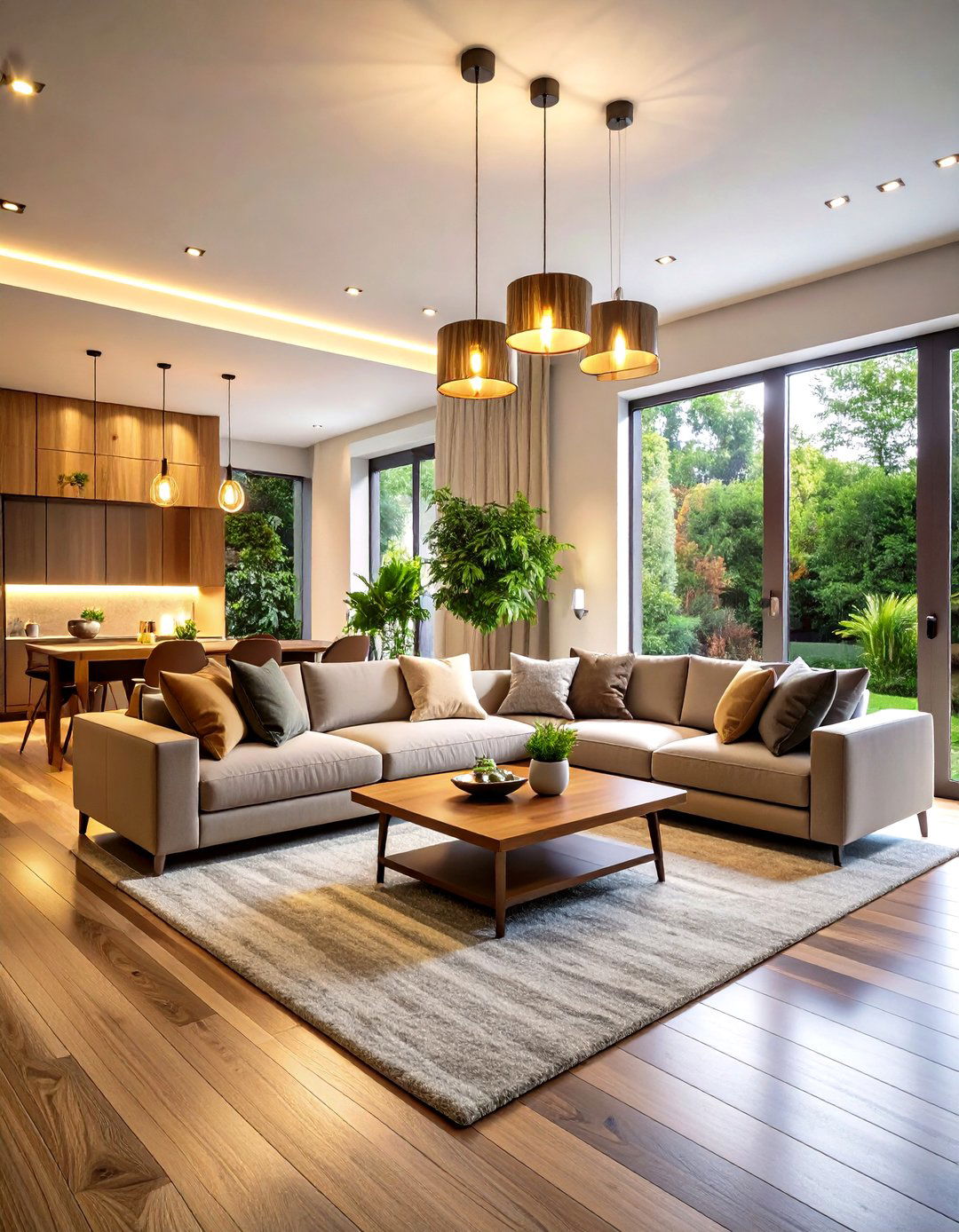
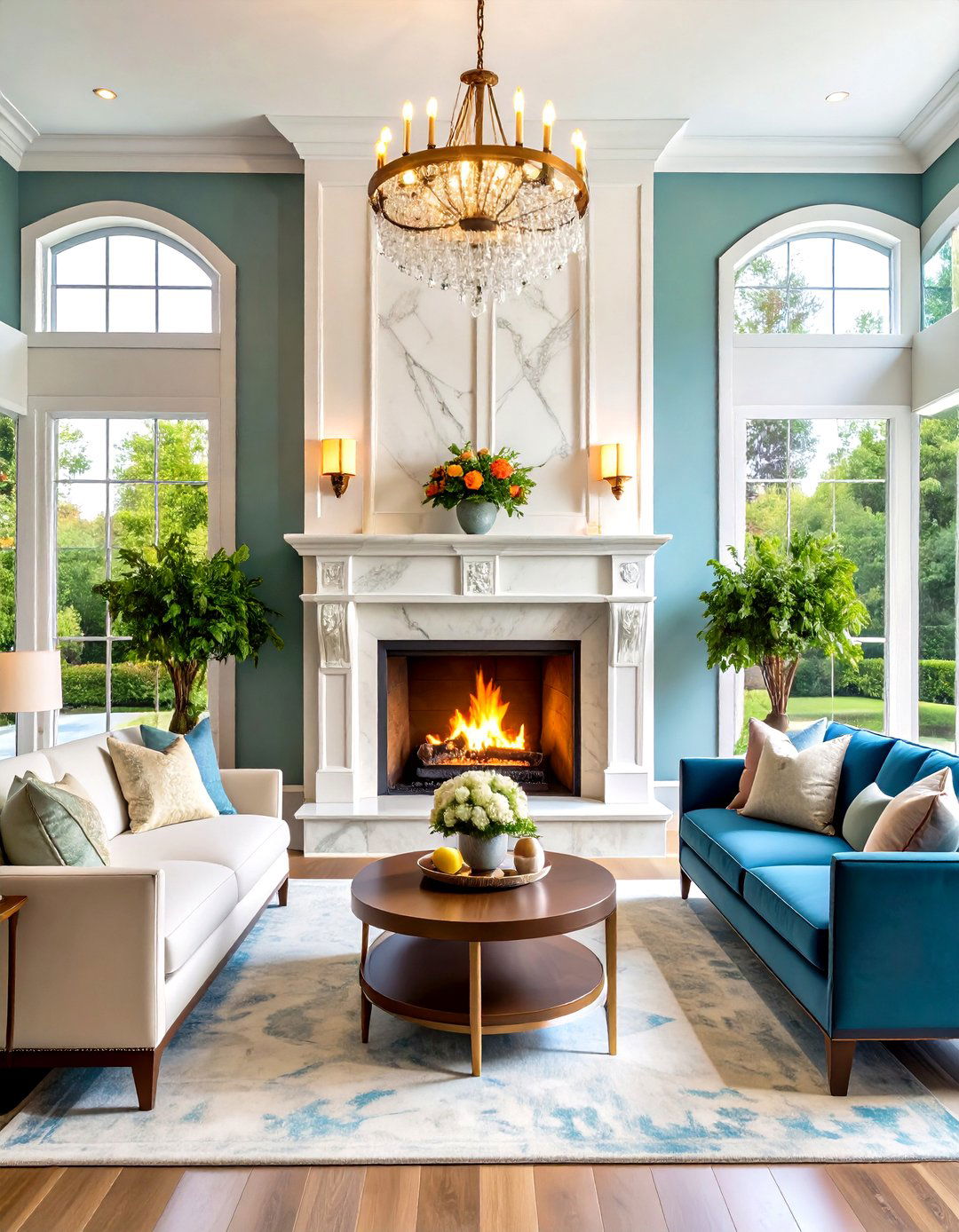
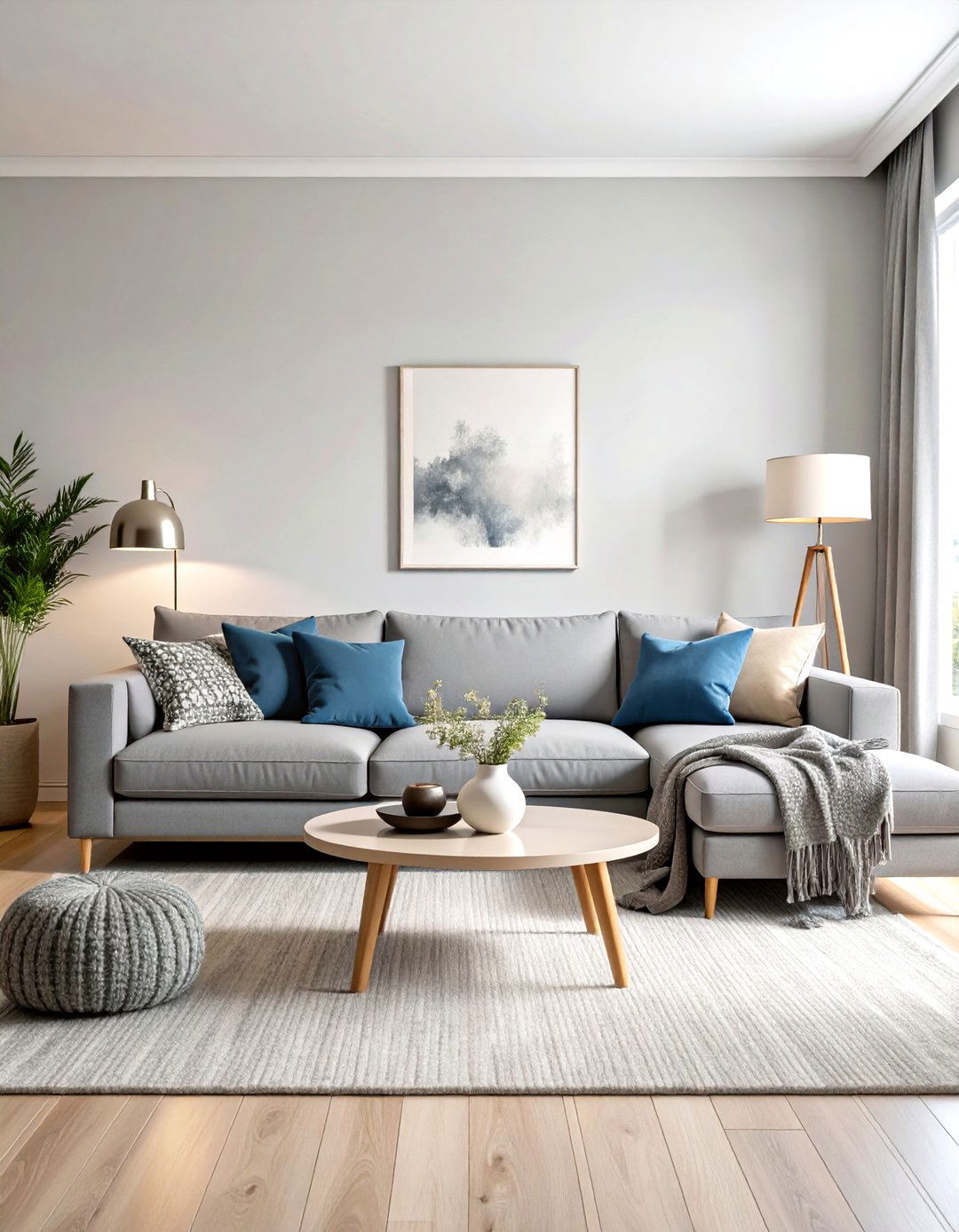

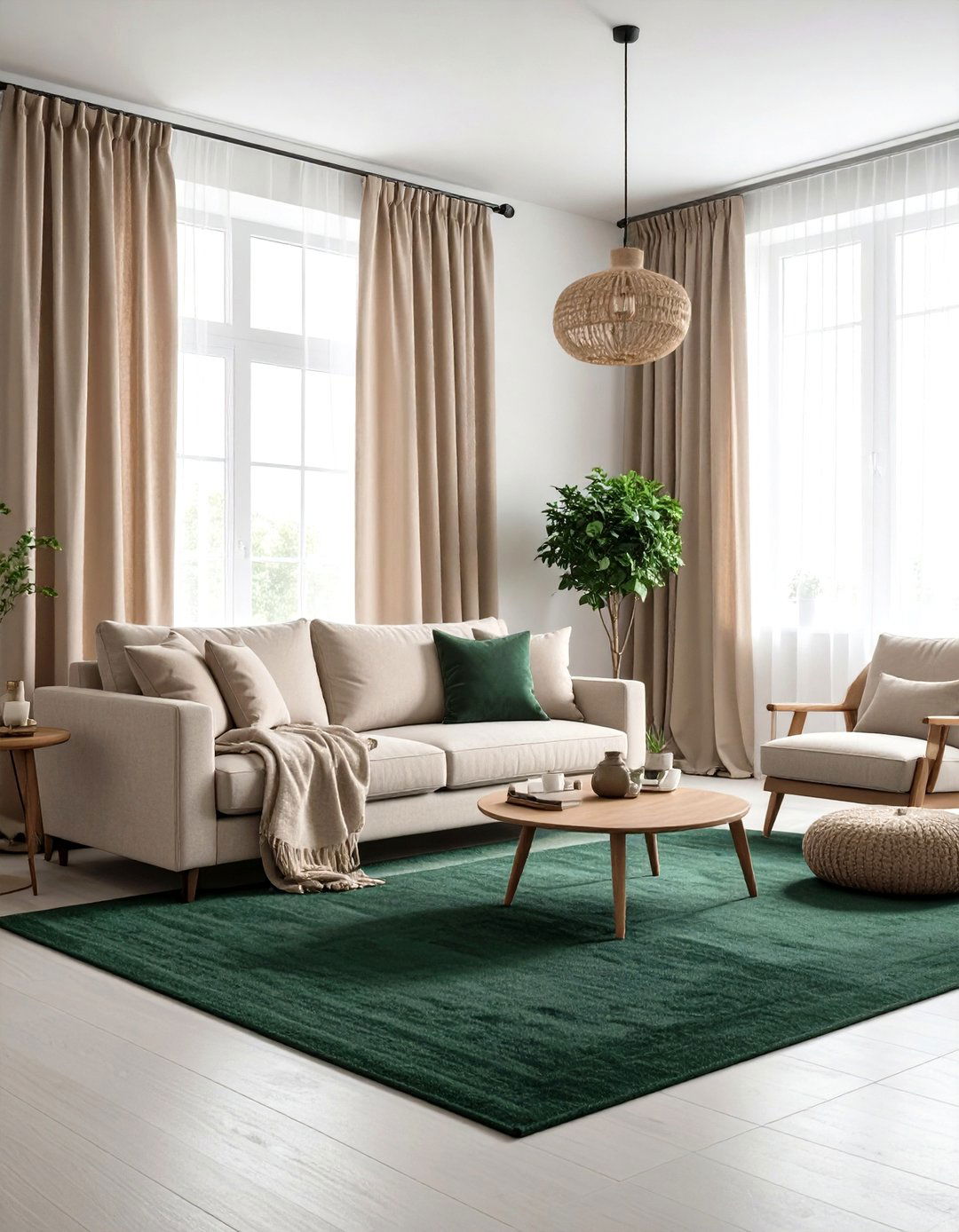
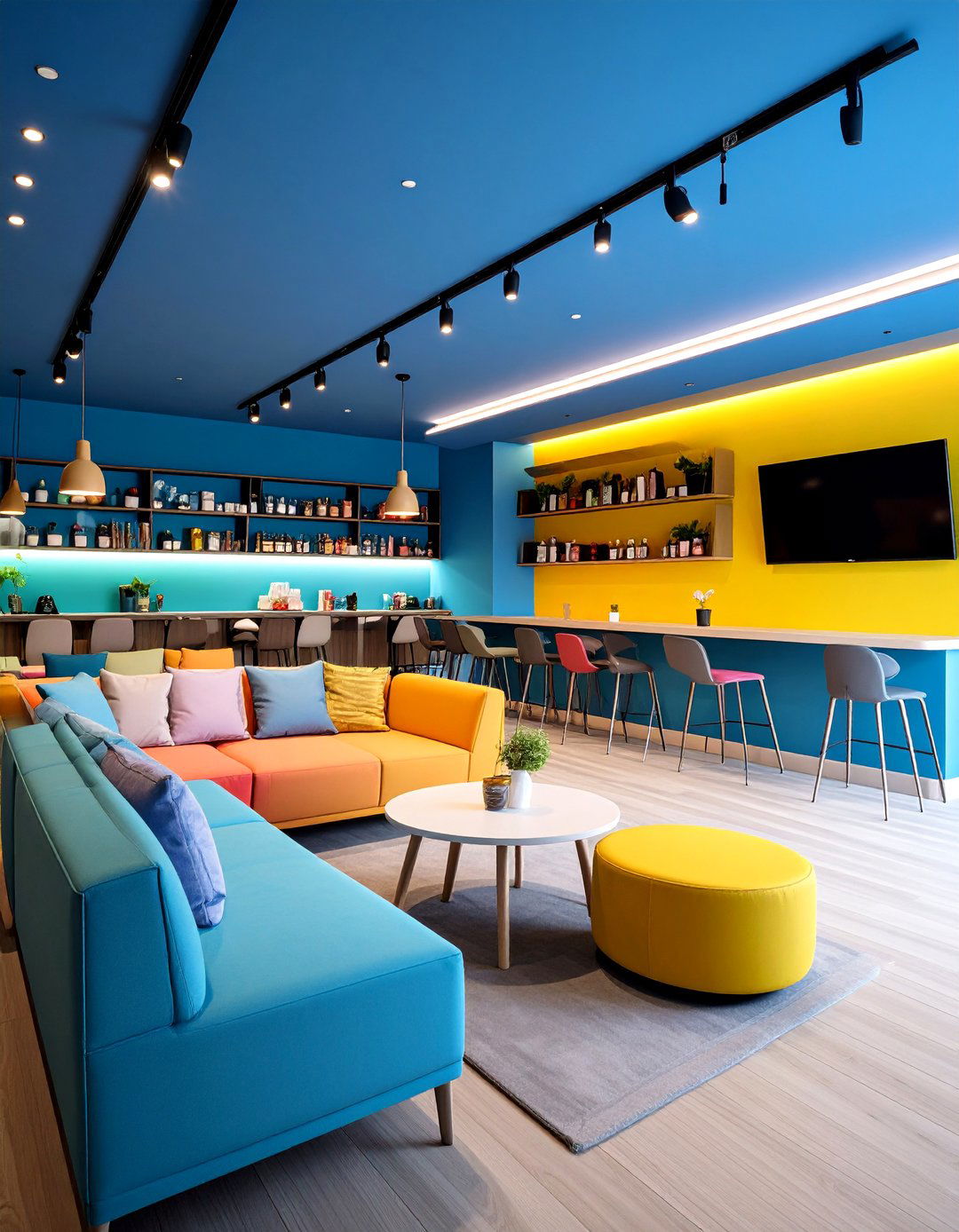
Leave a Reply